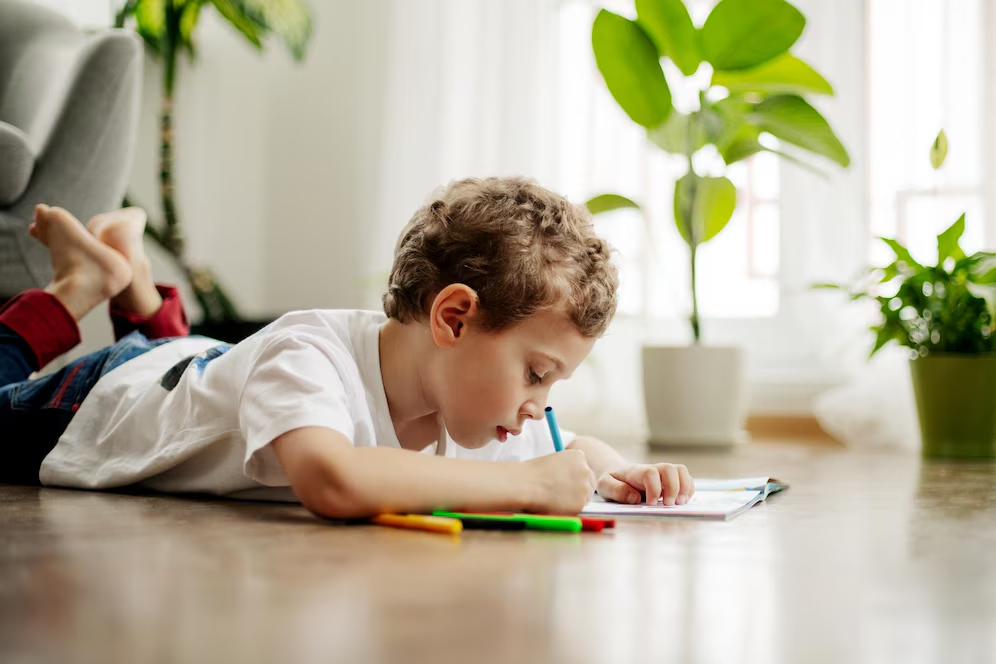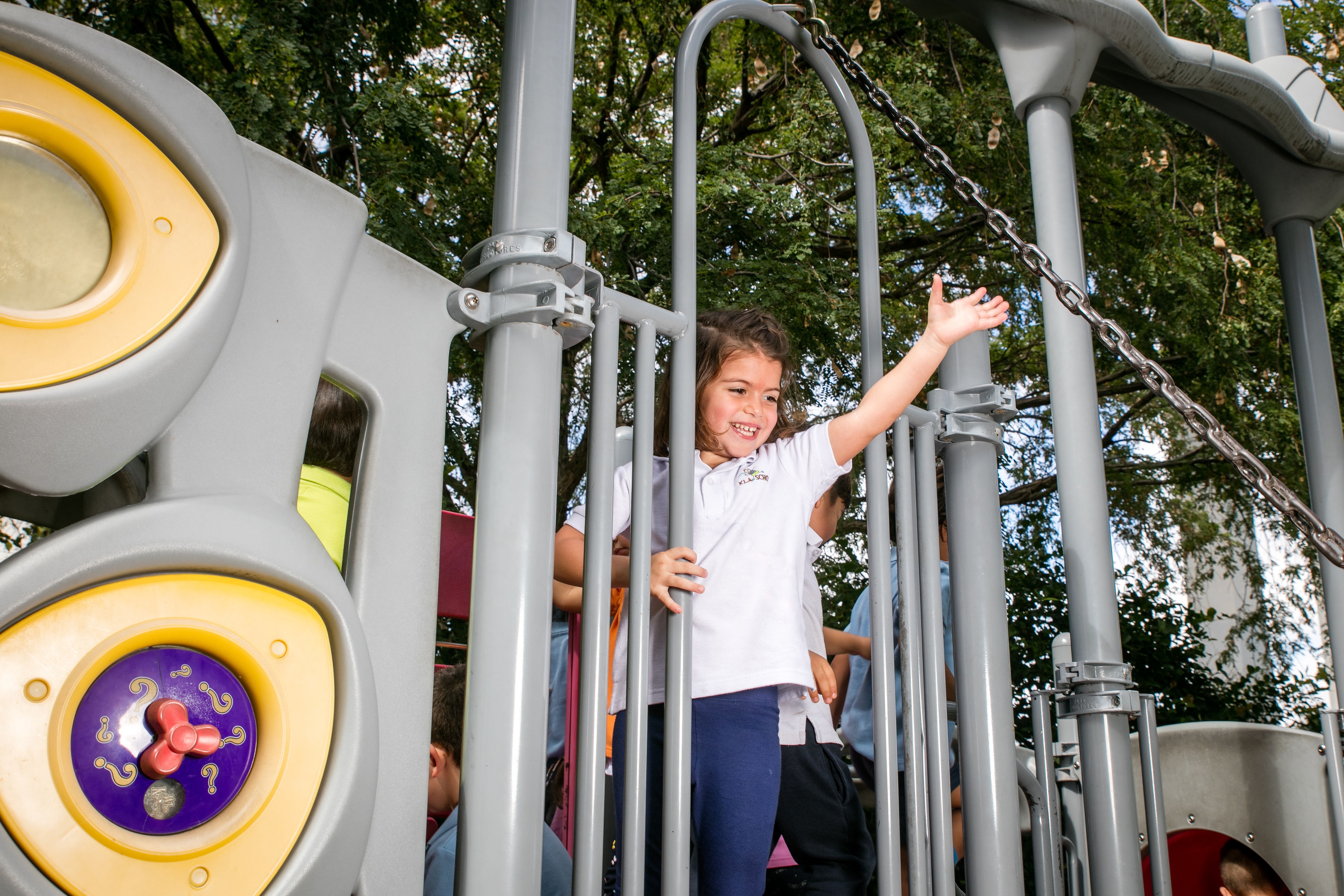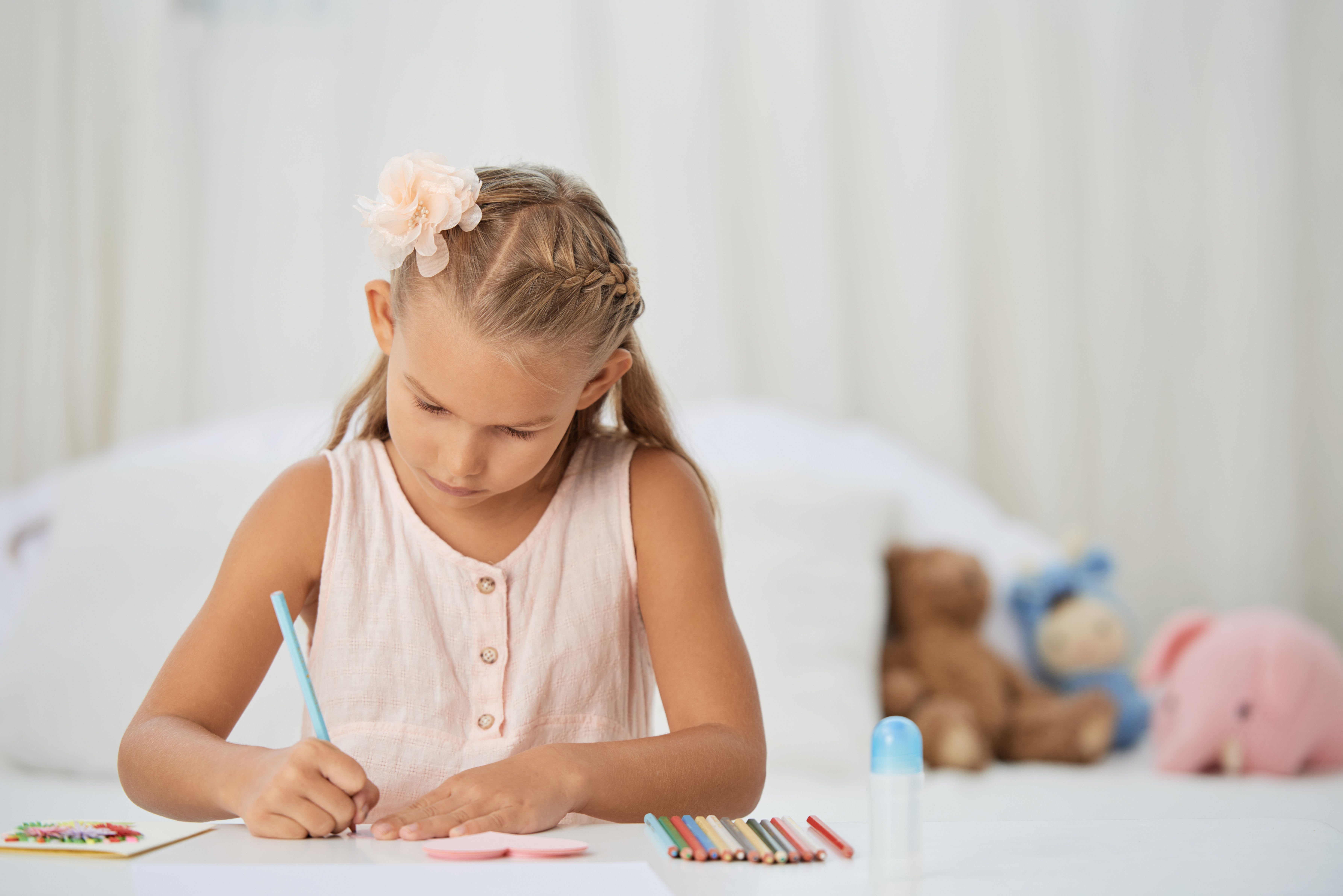Developing Early Childhood Writing Skills: 10 Fun Activities
Topics: Child Development
Age Range: Preschool
Cultivating literacy during the formative years provides a solid foundation for future learning. Among the critical components of early education, writing stands out as a key skill that supports both communication and cognitive development. Helping young learners express themselves through written language opens pathways to creativity, confidence, and academic achievement.
Understanding the importance of early childhood writing skills sets the stage for a lifetime of learning. As children transition from scribbles to coherent sentences, they embark on a gradual yet meaningful journey. Encouraging this progression through engaging and age-appropriate methods ensures that children not only learn how to write but also enjoy the process. Below are ten enriching activities that promote early writing in a fun and interactive way.
1. Sensory Trays for Tactile Letter Formation
Sensory play directly supports the development of fine motor skills and muscle memory, both of which are vital for writing. Fill a tray with salt, sand, shaving cream, or flour and invite children to form letters using their fingers. This hands-on method provides a low-pressure environment to explore letter shapes before transitioning to paper and pencil tasks.
2. Story Stones for Creative Expression
Create a collection of stones painted with simple images such as animals, weather elements, or everyday objects. Children can randomly pick several stones and craft a story based on the pictures they draw. This activity enhances vocabulary, encourages narrative thinking, and supports early writing skills by linking visuals to written descriptions.
3. Journaling with Drawing Prompts
Introduce a writing journal that includes both a space for drawings and lined paper. Provide prompts like "Draw your favorite animal and write what it eats," or "Draw a family member and write one fun thing you do together." The visual element supports idea generation while promoting sentence formation and emotional expression.
4. Alphabet Crafts to Reinforce Letter Recognition
Craft-based activities strengthen letter-sound associations and make writing more tangible. Assign each letter a theme, like "A is for Apple" or "B is for Boat." Use construction paper, markers, and glue to create crafts that reinforce the letter and introduce simple word spelling. These multisensory experiences enhance early childhood writing development by linking phonics to print.
5. Magnetic Letters on Vertical Surfaces
Using magnetic letters on whiteboards or refrigerators allows children to experiment with letter placement, spelling, and creating simple sentences. Vertical writing surfaces also improve wrist and shoulder strength, which contributes to better handwriting posture and endurance. This informal approach keeps children engaged in developing early writing skills without the rigidity of workbook exercises.
6. Trace-and-Erase Activities with Reusable Sheets
Laminated tracing cards or dry-erase boards with pre-written letters, shapes, or words offer repeatable practice. Children enjoy the freedom to try, erase, and retry. This method reinforces correct letter formation and reduces frustration associated with making mistakes. Regular practice builds muscle memory and contributes to consistent writing fluency.
7. Labeling Games Around the Home or Classroom
Create labels for everyday objects around the learning space, such as "chair," "door," or "table." Encourage children to match words to items or even write their labels. This fosters print awareness and contextual learning. Understanding that writing represents real-world concepts is a key milestone in early childhood development.
8. DIY Books for Personalized Storytelling
Provide folded paper and let children create their books, complete with covers, pages, and illustrations. Allow them to dictate or write their stories, even if spelling is phonetic. Children take pride in authorship, and this sense of ownership fuels motivation. These books also track progress through different stages of writing development in early childhood, from pictures and letters to complete sentences.
9. Rhyming and Poetry for Phonemic Awareness
Simple poems, songs, or nursery rhymes invite children to play with language patterns and sounds. Encourage them to fill in rhyming blanks, create their rhymes, or illustrate their favorite verses. Rhyming fosters phonemic awareness, which directly impacts spelling and vocabulary retention. These creative exercises help build the foundation for developing early writing skills.
10. Role-Playing with Functional Writing Tasks
Set up a pretend post office, restaurant, or doctor's office where children can engage in real-world writing. Have them write letters, take food orders, or fill out patient forms. These scenarios integrate writing with imaginative play, showing children the practical applications of reading and writing. Functional tasks reinforce why early reading and writing skills matter beyond the classroom.

Next Steps to Help Your Child Continue with the Writing Process
Supporting Diverse Learners Through Play-Based Writing
Each child learns at their own pace, and incorporating diverse methods ensures all learners stay engaged. Visual, auditory, kinesthetic, and verbal activities should be rotated to appeal to various learning styles. Activities that balance freedom and structure help children remain enthusiastic while gradually improving their writing competencies.
Monitoring Progress Through Developmental Milestones
Understanding the stages of writing development in early childhood helps educators and caregivers set realistic expectations. Early stages include scribbling and mock letters, followed by letter strings and invented spelling. Gradually, children produce legible words and eventually write coherent sentences. Observing this evolution supports targeted interventions and celebrates incremental progress.
The Long-Term Value of Early Writing Engagement
Creating positive experiences with writing in the early years lays the groundwork for future academic success. When children view writing as a means to express themselves, problem-solve, and engage with the world, their motivation to write increases. Encouraging frequent and joyful writing opportunities promotes cognitive flexibility and lays the foundation for strong literacy skills.
A Parent and Educator Partnership to Maximize Impact
Collaboration between families and teachers amplifies the benefits of early writing instruction. Caregivers can reinforce classroom strategies at home by incorporating informal writing tasks into everyday routines. Activities such as grocery lists, thank-you notes, or bedtime journals turn ordinary moments into opportunities for growth.
Continuing the Journey Beyond the Basics
While the mechanics of writing are essential, so too is the creative expression it allows. As children become confident writers, provide avenues for exploration beyond worksheets. Encourage them to write comic strips, invent characters, or record observations about nature. Keep writing meaningfully, and children will carry this skill with pride and enthusiasm throughout their education.
Writing as a Window Into a Child’s World
Supporting early childhood writing skills goes far beyond preparing for kindergarten readiness. Writing offers children a voice, a chance to reflect, and a means to connect. These 10 engaging activities build a joyful writing routine and serve as stepping stones for lifelong literacy. Investing in these playful experiences ensures that every child has the tools to communicate with clarity, creativity, and confidence.
How KLA Schools Champion Emotional and Writing Development
KLA Schools provide an inspiring model for nurturing early learners. Rooted in the Reggio Emilia philosophy, they prioritize emotional security, active engagement, and strong relationships between teachers and children. This approach not only supports academic growth but also creates an environment where children feel safe and valued.
Our classrooms are thoughtfully designed to spark curiosity and invite participation, laying a strong foundation for both emotional and cognitive development. Recognizing the challenges of daycare and separation anxiety, KLA Schools implements sensitive strategies to ease transitions. Teachers foster trust through consistent and compassionate interactions, helping children feel at home from the very first day.
For parents wondering how to help a child with separation anxiety at school, KLA Schools offers personalized support and ongoing communication. This collaborative effort ensures that each child's needs are understood and addressed with care and attention.
By intertwining emotional resilience with educational exploration, KLA Schools empower children to develop confidence, independence, and a genuine love for learning—skills that extend far beyond early writing and into every aspect of their lives.

